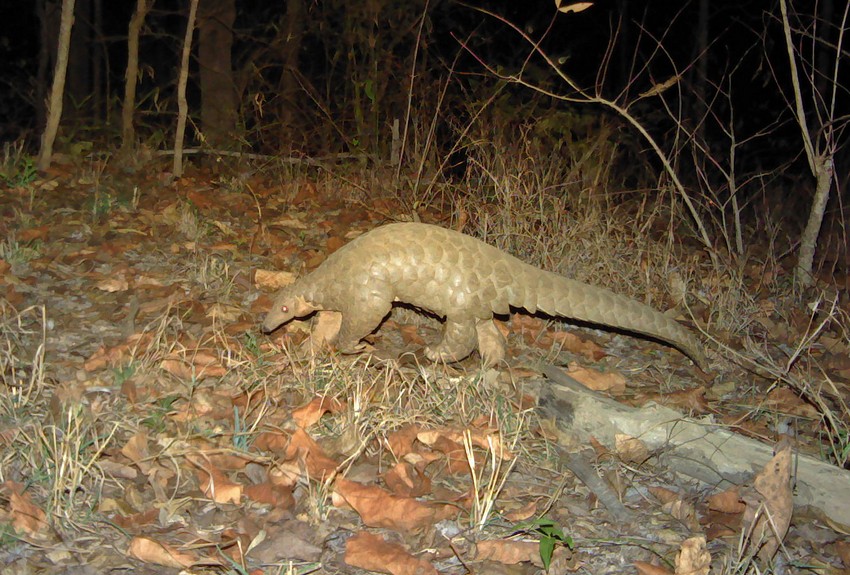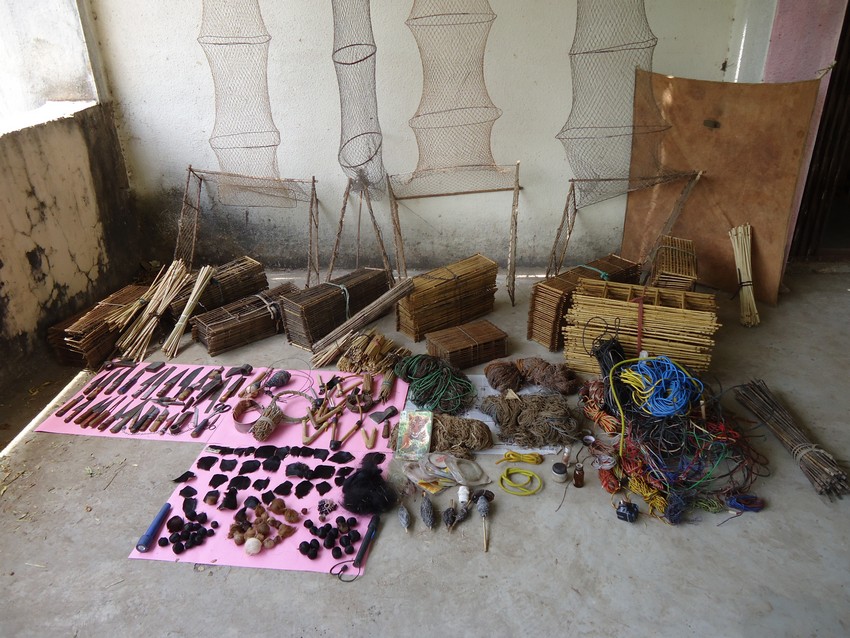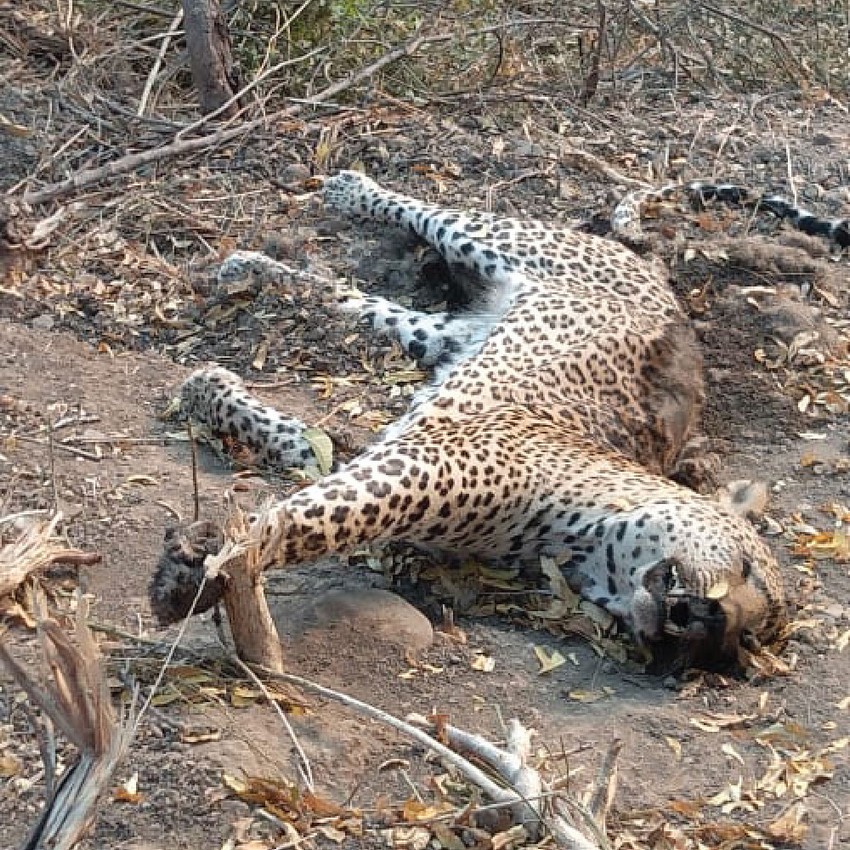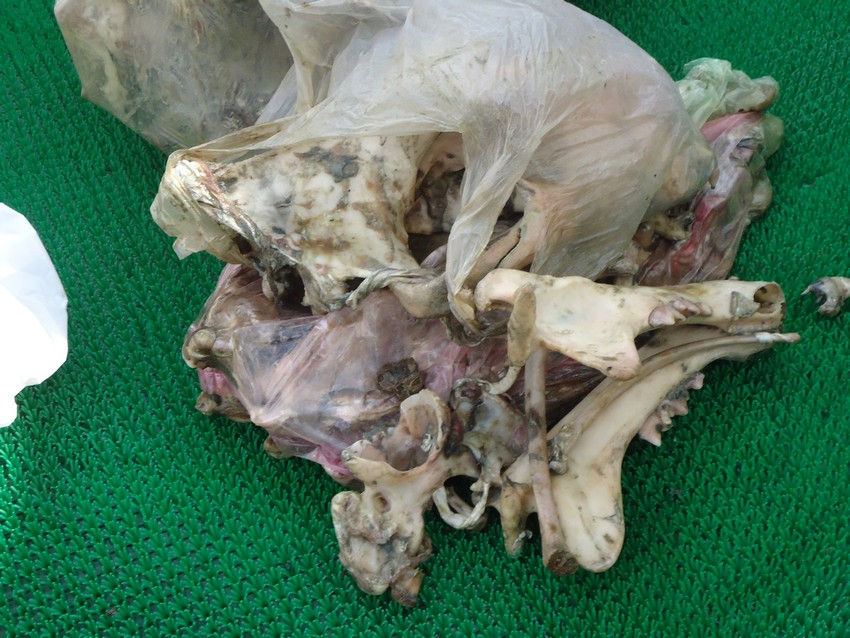Most people have at some point in their lives heard about the atrocities of human trafficking. But, many are unaware that like humans, several species of wildlife (animals and plants) are also illegally transported across international borders and exploited in various ways. This heinous, criminal act is referred to as wildlife trafficking.
We present 10 facts about wildlife trafficking that you should care about as a citizen of the world.
- Wildlife trafficking is the fourth largest organised crime in the world, after drug trafficking, counterfeiting and human trafficking.
- Poaching of endangered species to feed the illicit global trade of wildlife is estimated to be worth between 8 and 10 billion USD (approximately 56,000 – 70,000 crores INR)* per year excluding fisheries and timber and is rising at an alarming rate. Illegal wildlife trade is estimated to be around 7-23 billion USD (approximately 49,000 – 161,000 crores INR)* annually.
- Profits from wildlife trafficking are used to fund other organised crimes, including armed terrorism. The same routes used to smuggle wildlife are often used for smuggling weapons, drugs and people.
- A host of lesser-known species such as gecko (a type of lizard), orchid (a plant), timber, sea urchin, shark, tortoise, tropical fish and coral are just as commonly exploited by wildlife trafficking as are tiger, rhinoceros, elephant, peacock, snakes and monkeys. In fact, the pangolin (a scaly anteater) is considered to currently be the most trafficked mammal on the planet.

Pangolin populations are under very serious threat from wildlife trafficking. (Photo: WCT)
- Wildlife and their products are in demand chiefly for their use in food, pharmaceuticals, construction, fashion, traditional or alternative medicine, and décor ornaments. Wild animals in particular are prone to exploitation from the pet and entertainment industries as well as for unfathomable uses such as “black magic” and feug shui practices.
- Criminals use illegal, crude and cruel tools and practices to capture wild animals and to process them into various products. Thereafter, they employ unlawful and corrupt means to transport and trade them across international borders. As a result, this crime threatens the economic, social and ecological security of all nations, not just of those nations where the traded species belong.

Poachers use a large variety of illegal tools to capture wild animals to meet trafficking demands. (Photo: WCT)
- While the cost of wild animals and plants in the international market varies according to demand, their value in the natural habitat is priceless. Each of them plays a critical role in the well-being of the ecosystem and their loss for illicit trade has a devastating effect on the host of ecosystem services which all humans directly benefit from.
- Illegal wildlife trade often affects not just the species being targeted, but also other species that live in the same habitat or those that are directly dependant on the target species. For instance, traps laid out by poachers to catch wild animals such as deer and wild pig in the forests of India end up maiming and killing tigers, leopards and bears who roam the same territory.

Many large carnivores like leopards suffer tremendously, and eventually die when they get caught in traps set for other animals. (Photo: Sourced from internet)
- The mortality rate for trafficked live animals is very high. After being caught from the wild, such animals are kept and transported in overcrowded, disease-prone and malnourished conditions. Those animals that survive these circumstances but cannot be returned to the wild by authorities are either euthanised or kept in a zoo or rehabilitation centre for the remainder of their lives. Hence, to fulfill the demand of 100 individuals of a particular species of bird, poachers capture or kill 500-700 individuals of that species in the wild.

Wildlife traffickers take advantage of the fact that identification of processed animal parts is a challenge. (Photo: WCT)
- Trials of criminals involved in wildlife trade are largely unsuccessful and consequently, conviction rates are discouragingly low. This can be attributed to the systemic and public apathy towards wildlife crime, lack of quality evidence, lack of or no witnesses, and insufficient coordination between enforcement agencies dealing with it.
If these facts make you wonder what you can do to prevent wildlife trafficking, there’s plenty:
- Educate yourself and others: Read more about the threats posed by illegal trade on the survival of wildlife. Create awareness about it amongst your friends and family.
- Be vigilant and speak up: Report any suspicious activities involving wildlife to the nearest authorities, like the nearest police station, your state’s forest department or the Wildlife Crime Control Bureau. Do not shy away from being a court witness if you are called upon to do so.
- Be an internet watchdog: In recent times, an unthinkable amount of wildlife contraband and live animals are being illegally traded online in a vieled manner. If you come across such advertisements or offers online, inform the cyber cell of the government.
- Consume sustainably: Be aware of how your choices as a consumer are affecting protected wildlife and their habitats.
- Donate generously: Give your time, expertise and money to organisations that are helping fight the battle against wildlife trafficking.
*Currency rate taken at 70.03 Indian rupees to 1 US dollar
Sources: IUCN (International Union For Conservation of Nature), UNEP (United Nations Environment Programme), and INTERPOL (The International Crime Police Organisation).
——————————————————————————————————————————————————————
C. Samyukta is a post-graduate in Forensic Science. She is currently putting her decade-long experience in training to use against wildlife crime with the Wildlife Conservation Trust, India.
——————————————————————————————————————————————————————
Disclaimer: The author is associated with Wildlife Conservation Trust. The views and opinions expressed in the article are her own and do not necessarily reflect the views and opinions of Wildlife Conservation Trust.
Related Links
- Conservation Strategy
- World Wildlife Day 2019 – Life Below Water
- Law Enforcement Training
- Unfair Game – Big Cats Lose Prey to Bushmeat Hunters
- Ecological Connectivity in the Age of Economic Corridors
